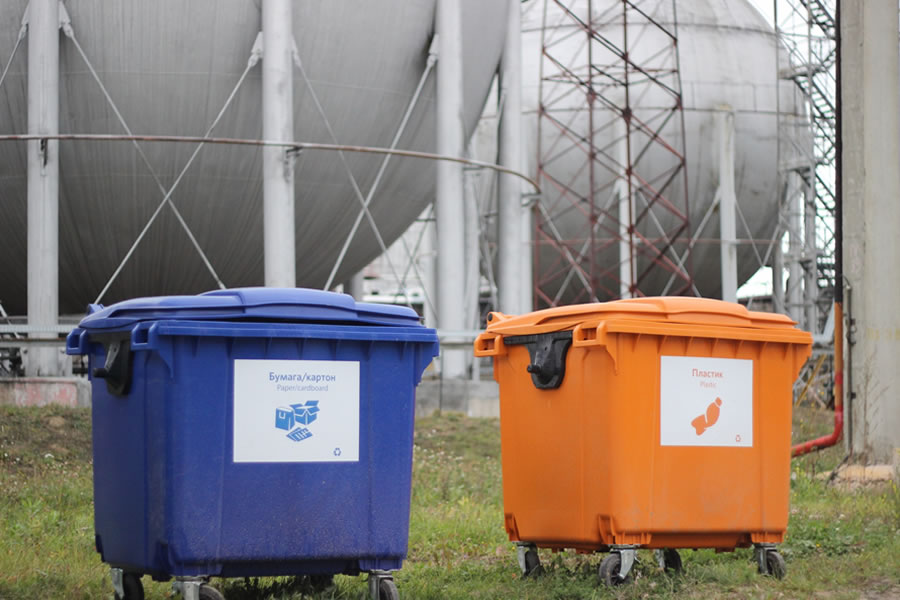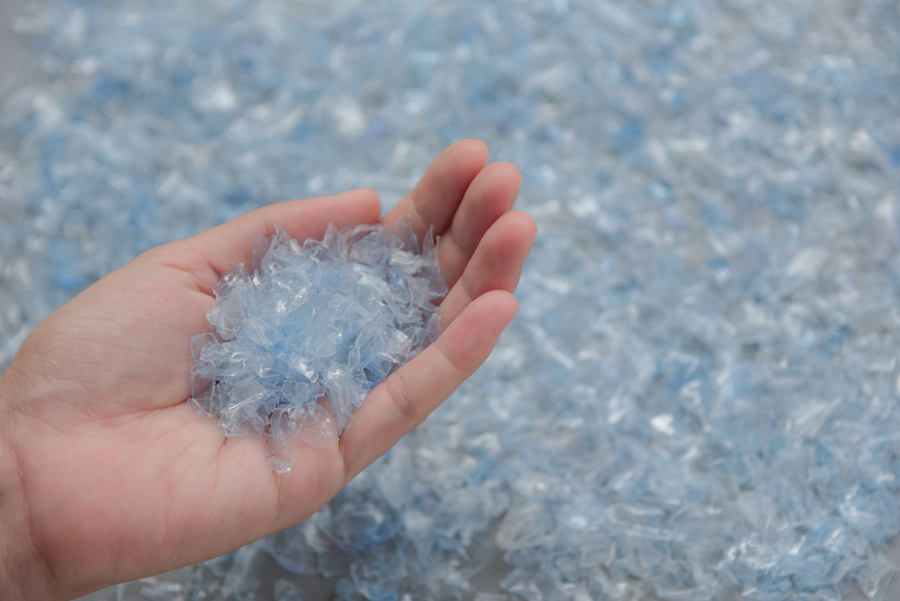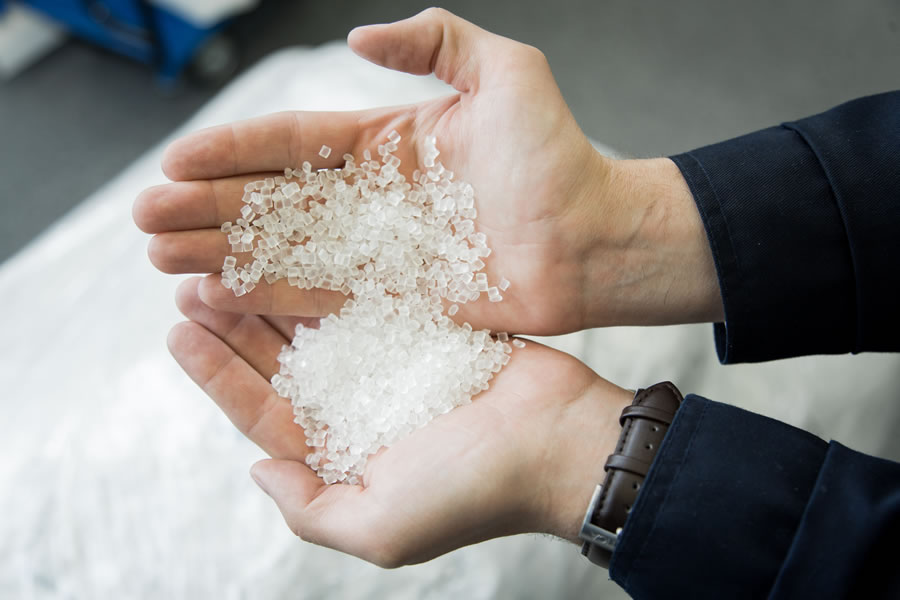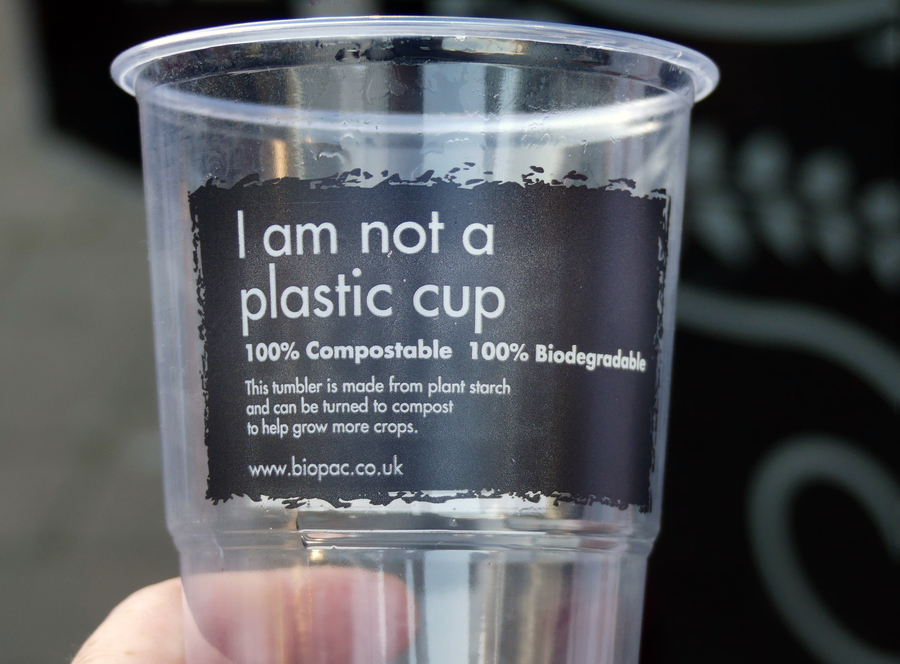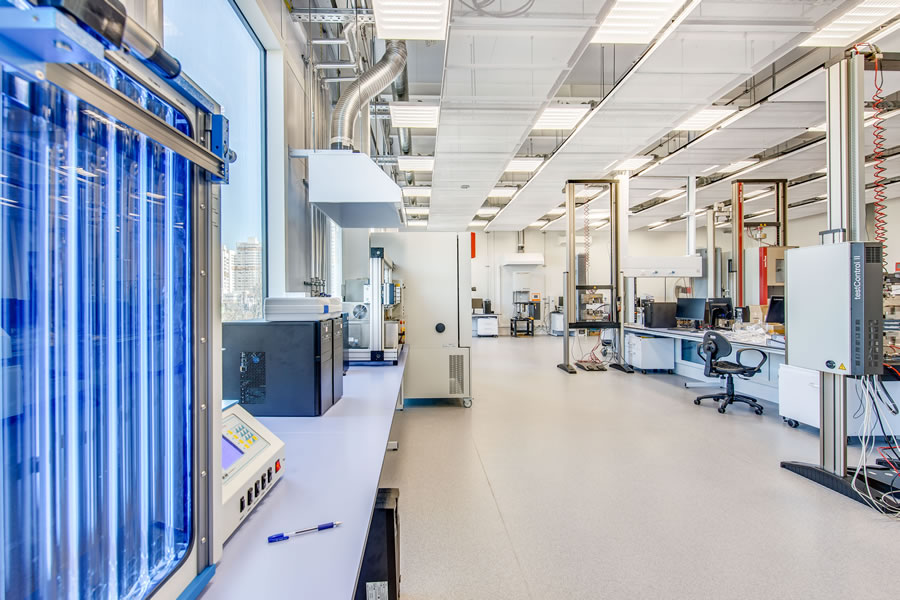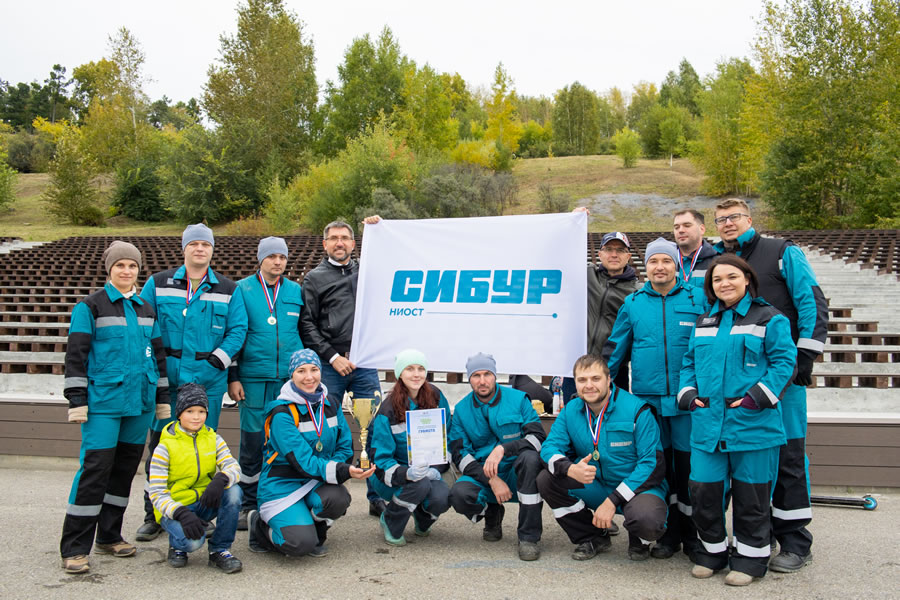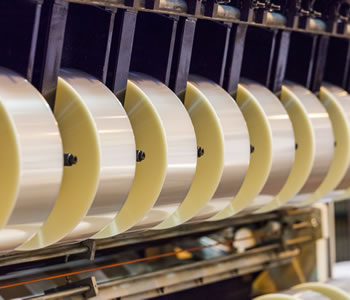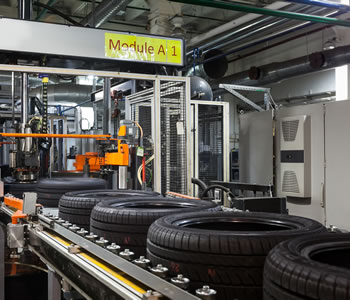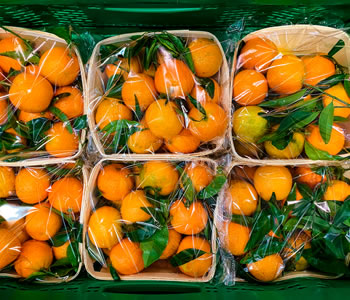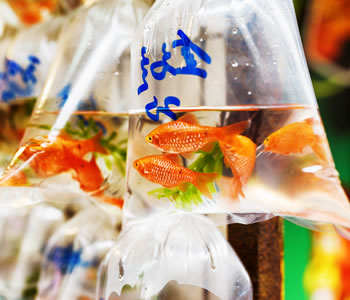SIBUR produces polymers from associated petroleum gas (APG), a by-product of oil production, which needs to be separated from crude oil before it goes into the trunk pipeline. The easiest way to do so is to flare APG right at the oilfield. By purchasing and processing APG, SIBUR contributes to its utilisation, thus significantly reducing emissions of CO₂ and other pollutants. But this is not all it does. On top of that, SIBUR is working to create truly biodegradable polymers and recycle plastic waste by breaking it down into molecules.
Please tell us what lies at the core of the plastic waste problem and how we can solve it.
The problem is not about plastics per se, but about their getting into the environment as a result of irresponsible consumption and the lack of infrastructure to collect it. In Russia, the waste management reform has been under way for only a year, with regional and inter-regional, rather than local, authorities made responsible for the choice of the best possible solutions.
Plastics are not a waste, but a resource obtainable as a result of chemical or mechanical recycling.
At SIBUR, we begin by consolidating industrial waste, which is then sent to licensed operators for disposal. On the individual level, the first step would be separate waste collection. Waste sorting has become part of our corporate culture. Both office and production premises now have separate containers for paper, plastics, glass and other waste. Our people (including myself) are also practising separate collection at home, though, probably, this won't make much sense given no infrastructure in place for separate transportation and processing.
Besides, we should remember that plastics are not a waste, but a resource obtainable as a result of chemical or mechanical recycling. Chemical recycling enables plastic decomposition into monomers convertible back into polymers with the same properties. Mechanical recycling refers to the processing of waste plastics by physical means, including separation, cleaning, shredding and melting into granules (secondary feedstock) or end products, such as film.
Another solution is biodegradable packaging compostable or mechanically recyclable post consumption.
All of SIBUR’s facilities operate a system of separate waste collection.
Polymers are unique in a way that they can be reused, sometimes in several cycles.
Mechanical or chemical recycling?
Though each method has its pros and cons, mechanical recycling is, no doubt, much more in use. Polymers are unique in a way that they can be reused, sometimes in several cycles. Some of them may lose certain valuable properties as a result of mechanical processing and can then be subjected to chemical recycling, while others like polyethylene terephthalate (PET) have an unparalleled ability to restore themselves.
At the same time, PET mechanical recycling has its limitations (e.g. barrier and colour additives, compounds inseparable by physical means), which makes chemical processing a technique of choice. But even then, the methods vary depending on the chemical composition and structure of polymers as in the case of PET vs basic polymers (polyethylene and polypropylene).
Chemical recycling makes it possible to break down a polymer into reusable molecules. Today the majority of projects in this area run on a small scale, but the technology is gaining traction at full speed, and may even become a preferred option over time.
Mechanical PET recycling.
Chemical recycling makes it possible to break down a polymer into reusable molecules.
Is processing of recycled materials a new domain for SIBUR or has the company been involved in similar projects?
Speaking about consumption waste, we announced plans to upgrade our PET production capacities in Bashkortostan not so long ago at the Eastern Economic Forum. As part of it, we will build a facility to recycle PET waste and obtain granules made of chemically synthesised virgin material as well as mechanically recycled polymer (up to 26%). Compliant with the most stringent requirements, this feedstock will be usable in new packaging production.
NIOST is also looking into ways to recycle other SIBUR products, such as polyethylene, polypropylene, polyvinyl chloride (PVC) and others.
You mentioned PVC despite a widespread belief that, similarly to expanded polystyrene and composite (Tetra Pak) packaging, PVC is non-recyclable. Are you working to make it possible?
We keep track of new processing technologies, which are growing in number worldwide as global community has galvanised efforts to find new disposal methods. Any separately collected and concentrated polymer, including PVC and polystyrene, is recyclable.
So what's the problem?
The problem is to recover pure polystyrene or PVC from waste. Mixed processing of various plastics has a negative impact on the end product quality. Not every existing technology is economically viable, so we keep looking for solutions.
Polymers are unique materials that can be reused.
The global community has galvanised efforts to find new disposal methods. Any separately collected and concentrated polymer, including PVC and polystyrene, is recyclable.
Does it mean that sorting is key?
Not necessarily. Technologies used by manufactures also matter. The conventional waste collection system is not fit for sorting packaging made of various materials and polymers. There's plenty of room for improvement here in terms of both design and infrastructure, if we want polymers to become recyclable.
An individual contribution plays a vital role, too. Everyone must collect their plastic waste, for example, after picnicking or spending time in nature. Leaving your rubbish behind is a crime. This way you are polluting the environment and harming animals, which can mistake the bits of packaging for food and eat them. Each and everyone of us has a responsibility towards the nature, and we need to do all we can for preserving it.
You said NIOST was developing biodegradable polymers that don't need recycling. Please give us some more colour on that.
One of our goals is to develop a polymer that can degrade in the natural environment without harming it. Our lab is experimenting with various substances and additives to create this type of polymer.
The conventional waste collection system is not fit for sorting packaging made of various materials and polymers.
The existing grades are criticised a lot, first of all, as biodegradable under certain conditions only (e.g. when exposed to sunlight), and, secondly, for not decomposing into elements and retaining polymer structure.
Indeed, this is a problem, and manufacturers address it in two ways. Some of them are working to create polymers that are truly biodegradable in natural environments, while others are marketing a bio-destructible polymer as eco-friendly despite the fact that biodegradability and biodestruction are two different processes. Biodestructible polymers can quickly crumble while retaining their bonds. Not only do these microplastics, which claim to be biodegradable, fail to improve the environment, but also cause damage as they can easily get into water or food. For example, take oxo-degradable plastics banned in Europe.
Biodegradable polymers should quickly decompose into simple substances (water and carbon dioxide) without further chemical exposure. Research is currently focusing on creating truly biodegradable plastics, but they are not widespread yet.
Biodegradable cup made by Biopac.
Biodegradable polymers do not cause environmental damage and can decompose in the same way as food waste, providing nutrition for bacteria.
Does this mean that the so-called biodegradable plastic bags are a myth?
They do contain special molecules that break bonds in polymers, but the problem is that bacteria do not like the resulting monomers. This is why there is so much plastic dust in the environment. Truly biodegradable polymers do not cause environmental damage and can decompose in the same way as food waste, providing nutrition for bacteria. The commercially available types require industrial composting at specific temperature and humidity. There are also polymers that do not need these industrial facilities to degrade. They turn into compost in the same way as organic matter in your garden, but their output is very limited due to the complexity and high cost of the solution. The world is taking its first steps towards creating and consuming this kind of polymers on a large scale.
Is it possible to create these eco-friendy polymers at all?
At NIOST, we believe we can invent a polymer that can quickly decompose into simple and eco-friendly molecules. For example, take polylactic acid or polyhydroxyalkanoate produced from renewable green feedstocks, such as wood shavings or sugar industry waste.
Now we are looking into the available technologies and contemplating a licence to produce biodegradable polymers.
Research is currently focusing on creating truly biodegradable plastics, but they are not widespread yet.
Will green polymer projects require new capacities or will the existing ones do?
We may need new capacities to produce new molecules. As for the products with additives, upgrades may not be necessary. When it comes to structural changes, it is going to be decided on a case-by-case basis depending on how much the structure is changed.
What else is SIBUR doing to combat plastic pollution?
As part of our commitment to sustainability and circular economy principles, we encourage our own employees and the wider public to become more eco-conscious. We are also collaborating with government authorities, educational institutions and the expert community.
In September 2019, for instance, SIBUR, the Russian Ministry of Natural Resources and Environment, and the Russian Environmental Operator signed an agreement on the sidelines of the Eastern Economic Forum. The document revolves around Russia’s environmental development through to 2030.
In May, SIBUR and Skolkovo Foundation launched PolyLab, Russia's first R&D centre for the development and testing of polymer products. One of its objectives is to foster the use of recycled materials and the application of polymers in the circular economy.
SIBUR PolyLab research centre at Skolkovo.
Each and everyone of us has a responsibility towards the nature, and we need to do all we can for preserving it.
In November, SIBUR and BASF, the world’s leading chemical company with an extensive expertise in green technologies, signed a partnership agreement on the sustainable development.
On a separate note, I should mention initiatives launched by SIBUR a few years ago to promote plastic bottle collection during sporting events, such as football, basketball and tennis matches. In just a couple of years, the #BASKETBOTTLE project helped collect 15 tonnes of PET bottles during VTB United League games. Quite recently, SIBUR and the Russian Football Union (RFU) have signed an agreement to foster waste management culture and practices. SIBUR will contribute to the arrangement of separate waste collection and further recycling of plastic bottles at football tournaments organised by the RFU, and introduction of efficient waste management practices at sports arenas.
Besides, the Company places special emphasis on working with young people. In 2019, SIBUR and the Resource Saving Centre launched the Giving Plastic a New Life project to teach kids in an easy and simple manner how to properly handle waste.
SIBUR has made responsible production and consumption one of its top priorities and aligned its practices with the UN Sustainable Development Goals. In particular, our production waste has become reusable. In 2018, RusVinyl, one of SIBUR's sites, started looking for ways to process PVC by-products into construction materials.
SIBUR has also joined Operation Clean Sweep – a PlasticsEurope initiative that aims to prevent the loss of plastic pellets into the environment during production and logistics processes.
NIOST employees at a waste collection competition.
Are you setting an example at NIOST?
By all means! Separate waste collection must become part of the common culture. At this year's Green Office regional contest, NIOST was named second best after Tomskneftekhim, another SIBUR's facility.
We take an active part in the city's trash-picking sports events. This year, the contest saw two NIOST teams make it to the top (first and second places). As part of the research effort, our analytical chemists study the properties of polymers made from secondary feedstock. We support all initiatives aiming to reduce plastic waste.
Download PDF

